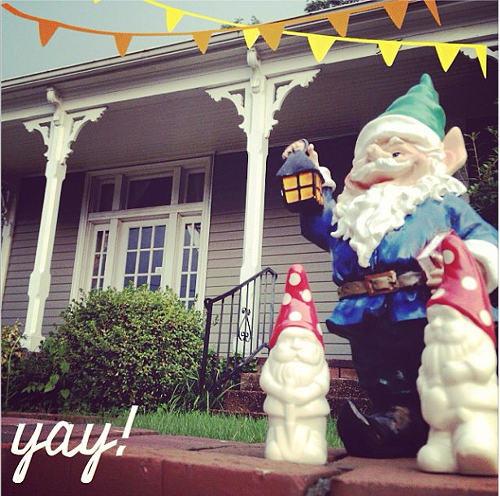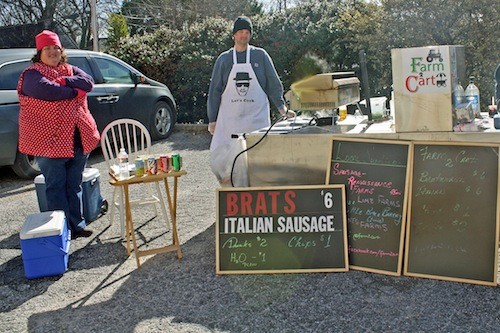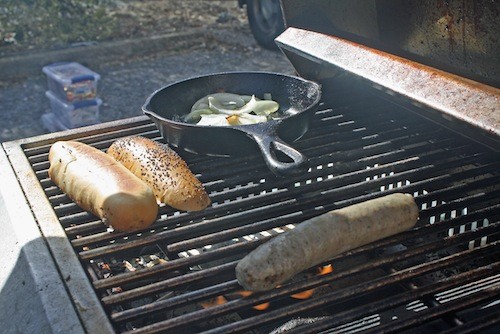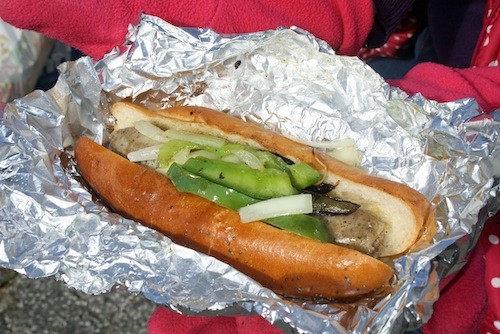April 23, 2013: Kings Spirits, Inc. was on the verge of becoming Shelby County’s first sanctioned distillery, at least since the Prohibition era.
Ryan Hanson and Matthew Brown, who had parted a sea of red tape in the process, were before the Tennessee Alcoholic Beverage Commission as one of the final steps toward building Roaring Tiger, a vodka with an identity that centers around the Bluff City.
But they had to answer one question first.
Hanson remembers a commission member asking, “Why would you use that dirty Mississippi River water to make vodka?” In reality, the water comes from the sand aquifer, and Hanson says it’s the key ingredient to the smooth Roaring Tiger vodka.
The pair imports and filters base spirits, which they dilute to 80 proof in batches no larger than five gallons. They focus on clarity, aroma, taste, and especially texture. The Memphis water is so effective, they have to take care the vodka doesn’t go down too easy.
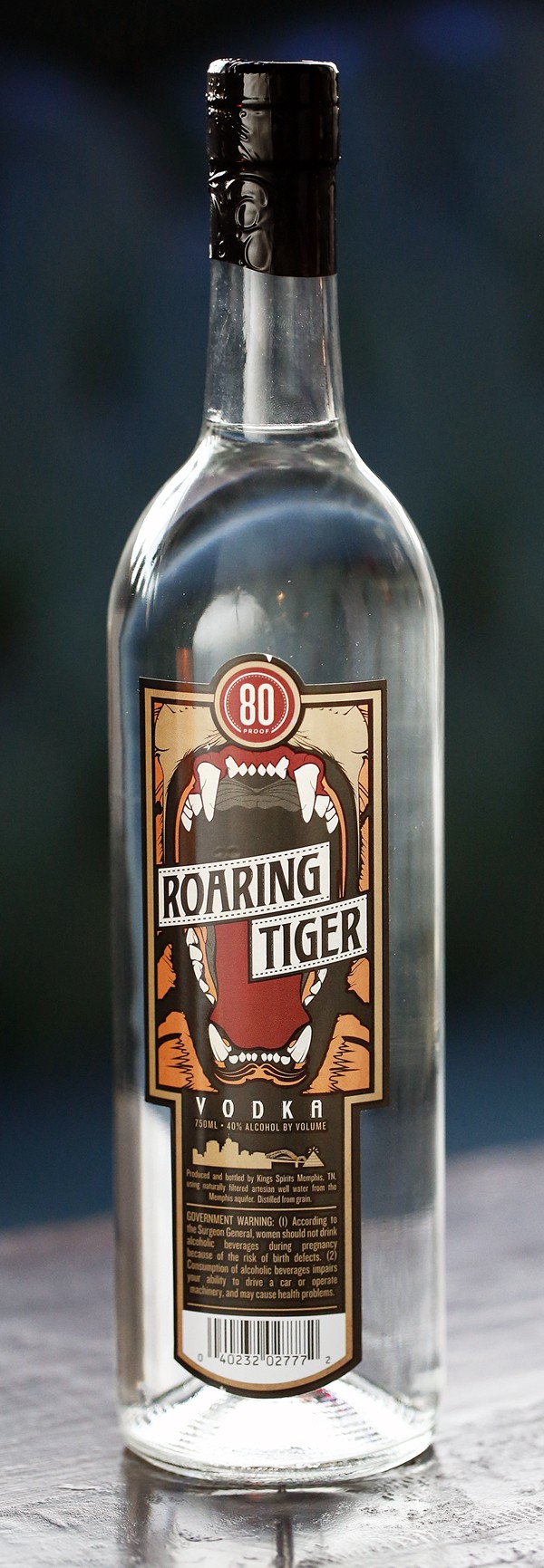 Justin Fox Burks
Justin Fox Burks
Roaring Tiger Vodka
“I want the burn to be in the right place. I want it to be just a little in the back,” Hanson says, rubbing his throat under his jaw. “People who are drinking want to feel like they’re drinking.”
Hanson and Brown have been friends since high school, bonding over clandestine home beer brewing in the ’90s. They knew they wanted to get into the beverage industry and they knew they wanted to use Memphis water. And then they waited.
When the Tennessee General Assembly amended a state law in 2009, expanding the number of counties allowed to support distilleries from three to 44, they paid close attention.
Three years later, they decided to create their own distillery and make a Memphis-based vodka, resulting in 18 cases ready for a test run at last year’s Gonerfest.
“Things have been blowing up since,” Hanson says.
Roaring Tiger Vodka now is available in about 100 bars and 30 liquor stores, almost exclusively in the Memphis area. They’re producing roughly 150 to 170 cases per month and plan to continue expanding.
Naming their product created much angst before the friends, passionate Memphis Tigers basketball fans, decided to name it after the program.
Graphic artist Ronnie Lewis created the distinctive logo, which features a fang-filled view inside a Tiger’s mouth and the Memphis skyline showing the Hernando de Soto Bridge to the left of the Pyramid. And, sure enough, there’s no sign of the Mississippi River. Turns out the creators of Roaring Tiger Vodka agree with the commissioner: Given the available options, who’d want to drink from that muddy gusher?
roaringtigervodka.com; info@roaringtigervodka.com
If you’re bored with your favorite cocktail or want an education in drink architecture, track down Big River Bitters co-founders Michael Hughes and Dustin Cann.
Hughes and Cann can teach you how to make your favorite adult beverage taste better, or at least get you to try something new.
Their business depends on it: Most people think “bitter” is an adjective, but in this context, “bitters” refers to sophisticated additives often used to liven up an Old Fashioned or Sazerac. One can theoretically drink potable bitters in small measures, but the pair likens cocktail bitters to salt and other spices used to enhance foods.
“You’re not going to just have a spoonful of salt,” Cann says. “If you were to taste it by itself, it absolutely wouldn’t be very pleasant.”
Creating the bitters takes between three weeks and two months and starts with 190-proof spirits or glycerin. Next comes a bittering agent like wild cherry bark or gentian root and a flavoring agent like Central BBQ pork rinds. A long soak and an occasional stir later, and the bitters are ready to add a few potent drops to your drink.
Hughes and Cann scrounge local farmers markets for a multitude of ingredients for their creations, which include syrups, shrubs, tonics, and rim salts. Among the lineup is Big River’s signature bitter The Classico. Other items are seasonal depending on what local produce is available.
Big River Bitters are available for sale online at bigriverbitters.com and are used in drinks at South of Beale, Blind Bear, the Silly Goose Lounge, and the Second Line.
Hughes mentions the term “flavor balance” as a description of what the products provide, and the pair hopes to add to the discourse of drinks around Memphis. They gave a presentation at Ignite Memphis last summer titled “Bitters: The Salt and Pepper of the Educated Boozehound.”
“I like to see the light bulb go off for someone who has discovered a new culinary experience,” Cann says.
